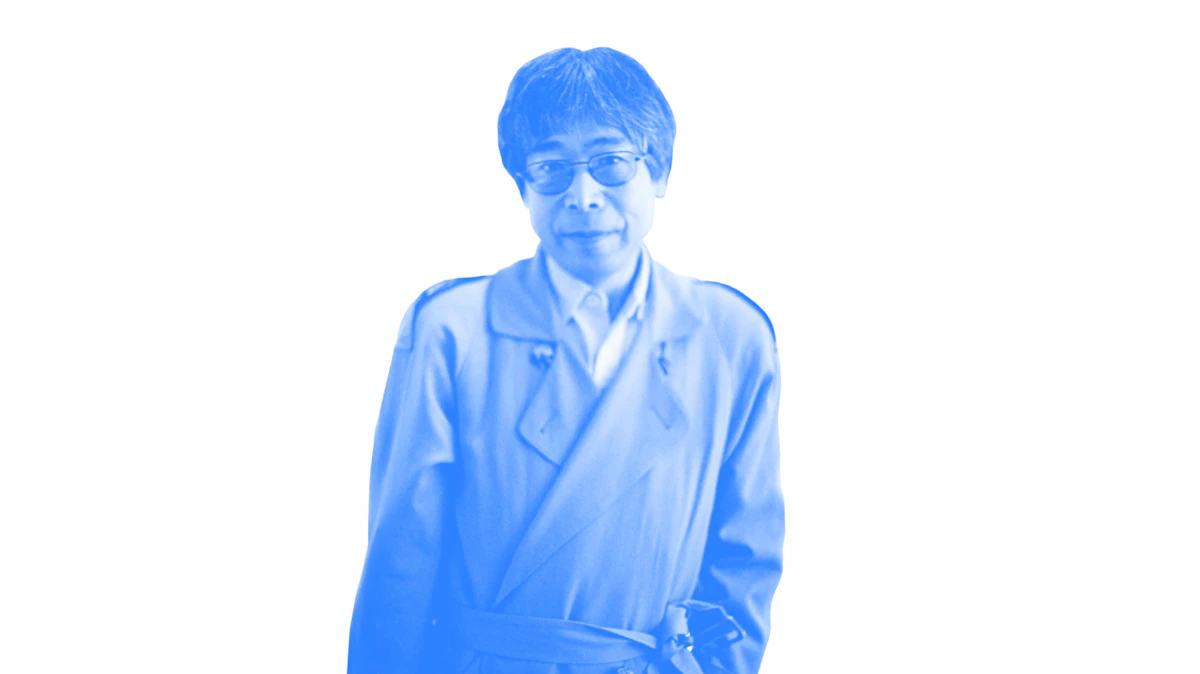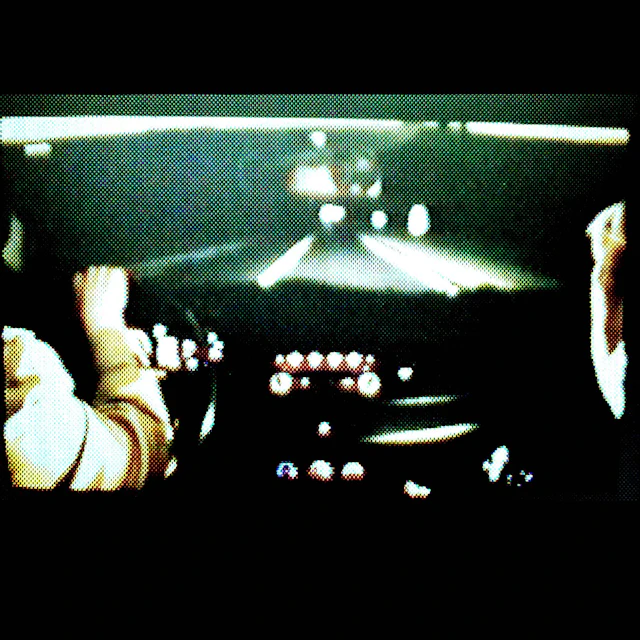Tamio Shiraishi is a near-mythic figure in the New York City underground. I say this both literally and figuratively, as over the course of the last 20 years the Japanese-born saxophonist has been showing up to various New York City subway stations with his instrument to unleash torrents of piercing, high-frequency squeals that ricochet off of the tiled walls and steel columns of the subterranean train stops. After starting his career in the late-60s free improvisation scene of Tokyo, Tamio went on to co-found the avant-psych duo Fushitshua with Kenji Haino. In the early 90s, he moved to New York and eventually found a kinship with the city’s flourishing punk rock and avant-garde scenes after discovering a weekend concert series in a Delancey Street squatters’ flat.
It was in a long tunnel above the train platform at a subway station deep in Queens that Alex Zhang Hungtai—the composer, multi-instrumentalist and artist formerly known as Dirty Beaches—and I first encountered Tamio and his saxophone in the autumn of 2021. Upon arrival, we were both immediately stunned by the sheer power and volume of the tones emanating from Tamio’s instrument: it seemed as if he was playing a duet with the trains as they pulled into the platform areas below, locking into dissonant harmony with the shrill grind of the squealing brakes. In order to produce tones of such a high frequency at such an enormous volume, Tamio was biting down so hard on his mouthpiece that he was breaking reeds with every blow, stopping to replace them every few minutes. It was immediately evident that Tamio was playing the tunnel as much as he was his saxophone. The long, glassy trails of reverberation made his saxophone tones seem even harsher, louder, and brighter as they sped along the tile and concrete surfaces towards us some 80 feet away. People walked by, a few with fingers jammed in ears, one laughing and one looking over with disdain. The whole thing was very New York, and very, very loud.

